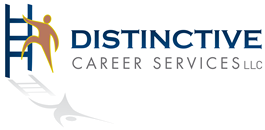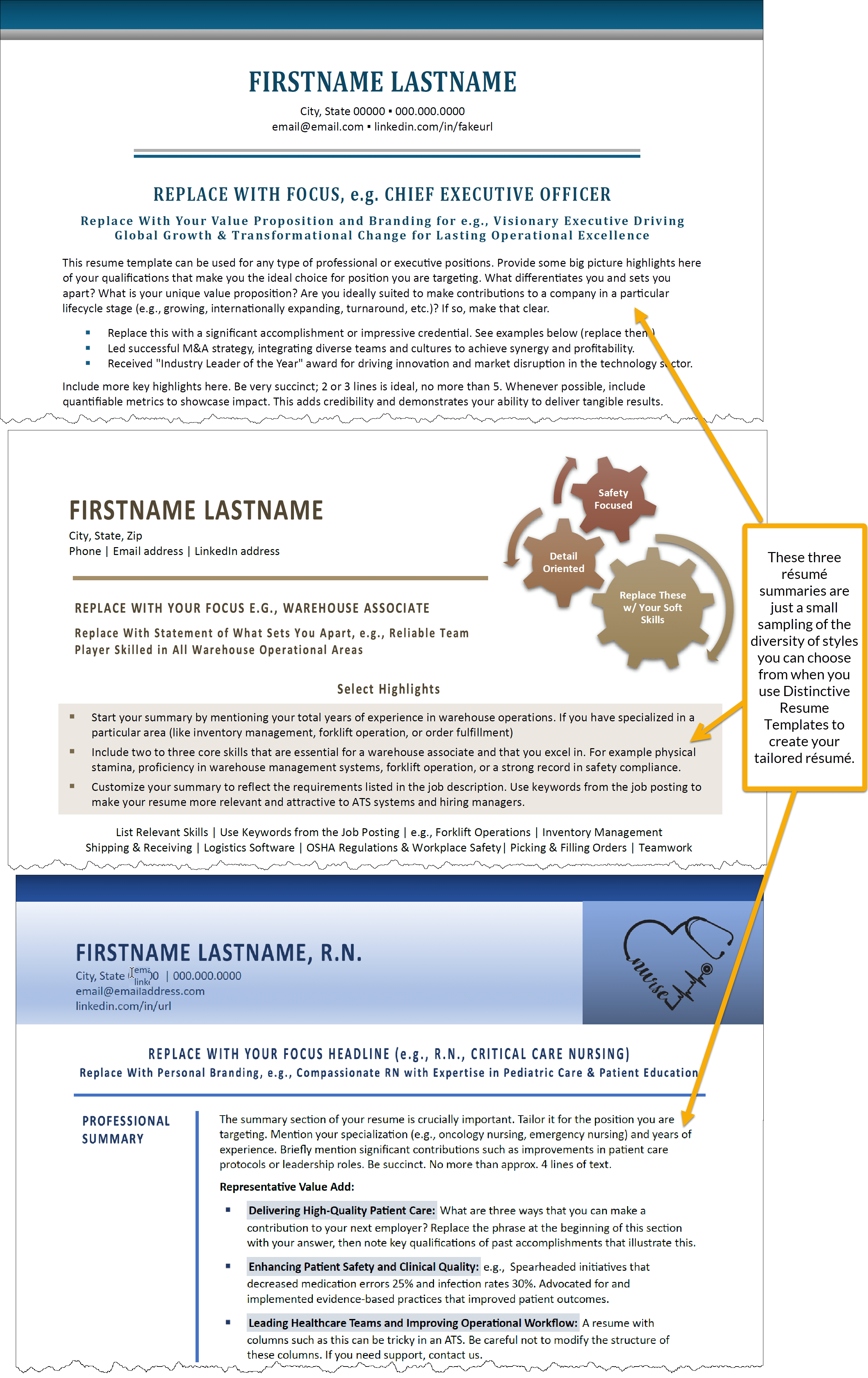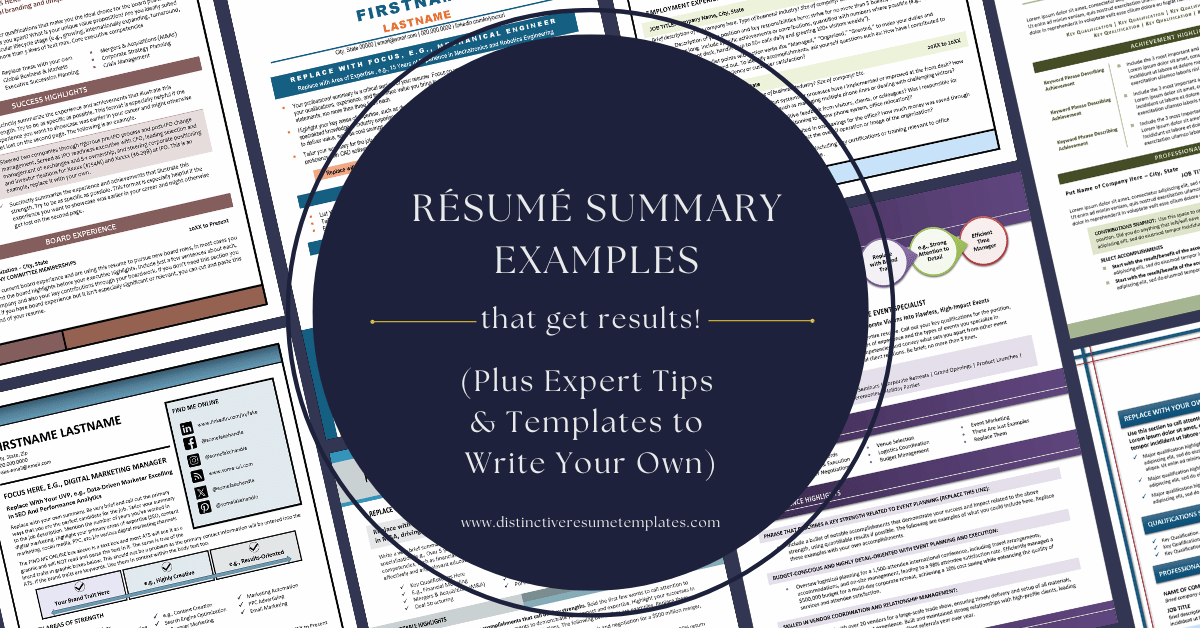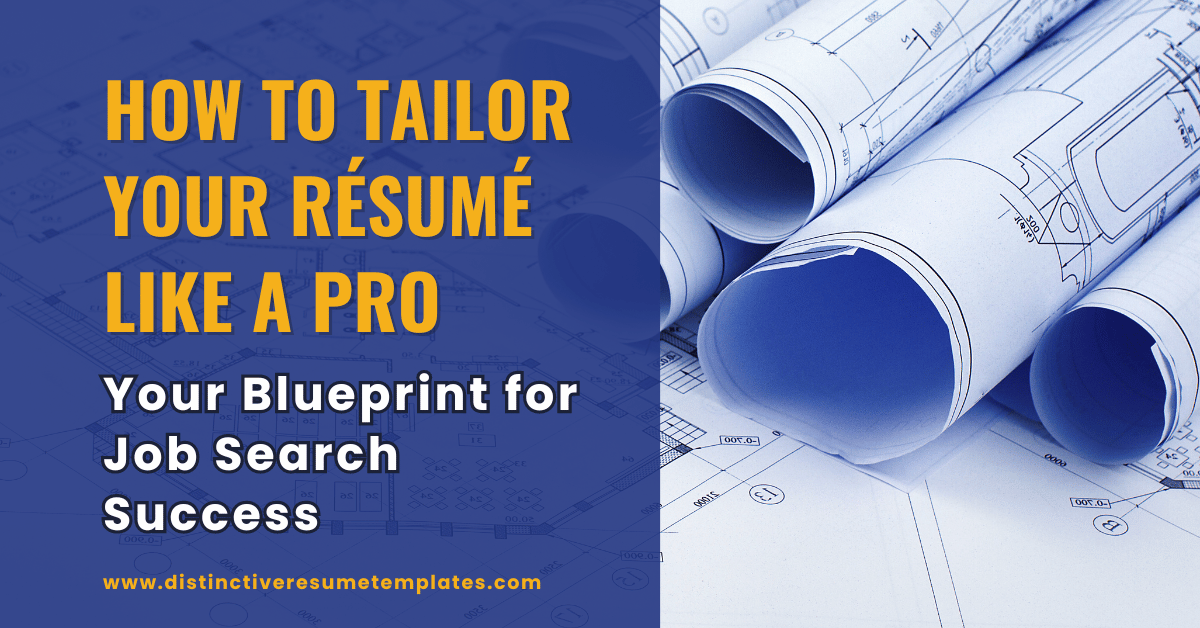
Imagine you’re a key maker, and each job opportunity is a unique lock. Would you use the same generic key for every door? Of course not. You’d craft a key that fits each lock perfectly. That’s exactly what tailoring your resume is all about—creating the perfect key to unlock your next career opportunity.
Gone are the days when a one-size-fits-all resume could open doors. In the digital age, where Applicant Tracking Systems (ATS) act as gatekeepers and hiring managers are inundated with applications, your resume needs to speak directly to each specific opportunity. With the right approach and tools, tailoring your resume can become an art form you’ll master in no time.
Why Tailoring Your Resume is Crucial
When you tailor your resume, you’re essentially customizing it to match the specific requirements and preferences of each job and employer. This practice demonstrates your genuine interest in the position and showcases how your skills and experiences align perfectly with what they’re seeking.
Consider this: nearly all Fortune 500 companies and an increasing number of smaller businesses use ATS software to screen resumes. If your resume isn’t tailored to include the right keywords and phrases, it might never make it past this digital gatekeeper—no matter how qualified you are.
Even when human eyes are the first to review your resume, a tailored resume is more likely to resonate and leave a lasting impression.
The Art of Resume Tailoring: Quick and Effective Strategies
When you tailor your resume it doesn’t mean rewriting it from scratch for every application. With the right approach and tools (like Distinctive Resume Templates), you can make impactful customizations in just 5-15 minutes. Here’s how:
Customize Your Resume Headline
Your resume headline is prime real estate, serving as the focal point that sets the tone for your entire application. This powerful statement immediately tells the reader who you are professionally and what you bring to the table. By tailoring your headline, you’re effectively focusing your entire resume, ensuring that from the very first glance, the hiring manager sees you as a perfect fit for the role.
The importance of a focused resume cannot be overstated. In today’s fast-paced hiring environment, recruiters and hiring managers often spend mere seconds scanning a resume before deciding whether to read further. A tailored, focused headline grabs their attention and encourages them to keep reading, increasing your chances of making it to the interview stage.
When tailoring your headline, it’s best to mirror the exact job title you’re applying for whenever possible. This strategy serves two crucial purposes:
- 1
It immediately aligns your application with the open position, making it crystal clear to both human readers and ATS software that you’re a relevant candidate.
- 2
It uses the exact keywords the employer is likely searching for, improving your resume’s performance in ATS scans.
For example:
Generic: “Senior Marketing Professional”
Tailored: “Digital Marketing Manager for Tech Startups”
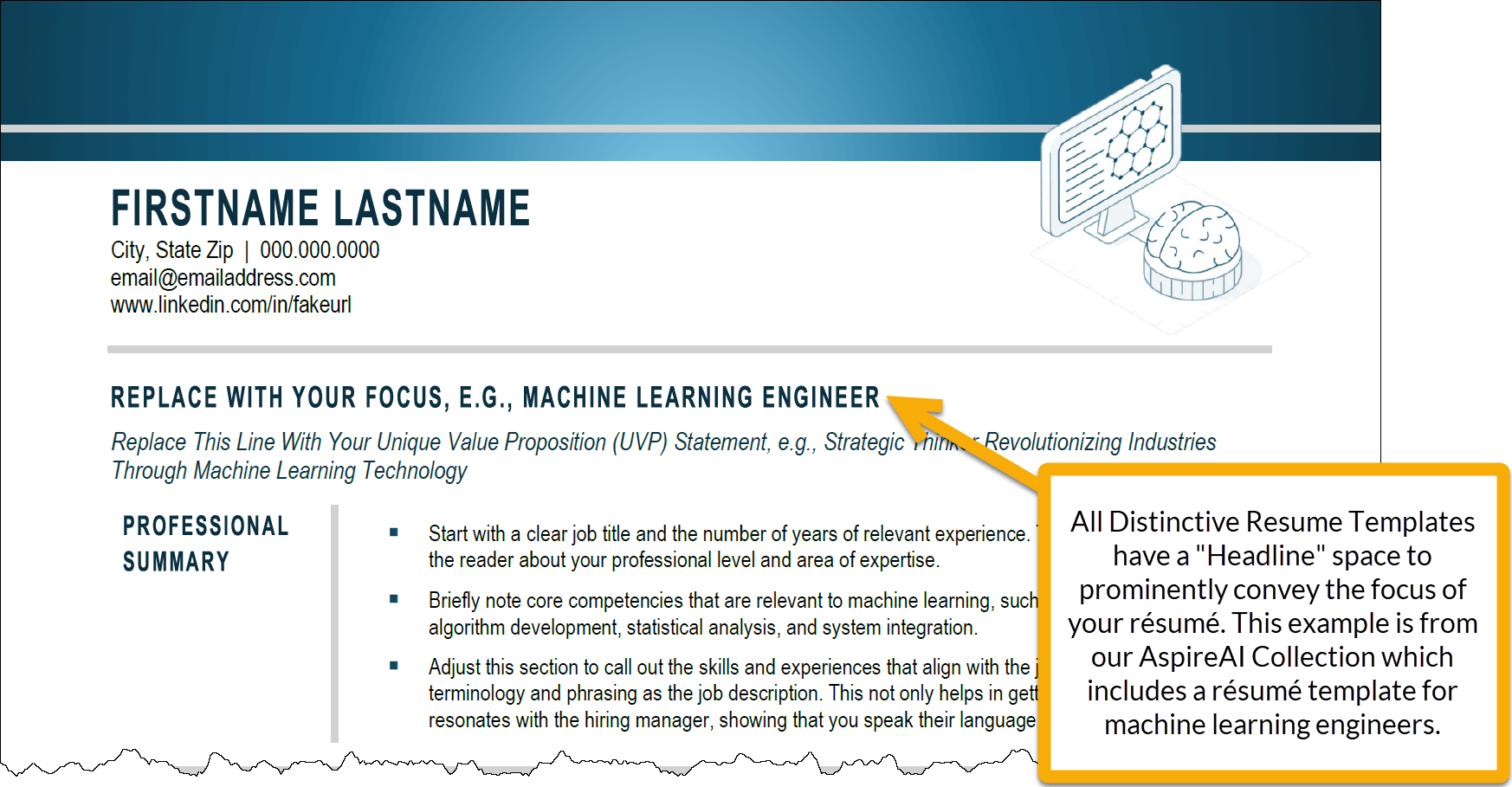
Tailor Your Professional Summary
Your professional summary is the executive brief of your career story. Positioned prominently at the top of your resume, it’s often the first narrative section a recruiter reads. This makes it a critical component in your resume tailoring strategy. A well-crafted, tailored resume summary can captivate the reader and compel them to delve deeper into your resume.
When tailoring your summary, think of it as your personal elevator pitch, customized for each specific job opportunity. Here’s how to ensure it hits all the right notes:
Example of a Tailored Resume Summary:
Results-driven digital marketing manager with 10+ years of experience in scaling tech startups. Proven track record of increasing online engagement by 150% and driving a 200% boost in qualified leads through innovative SEO and content strategies. Adept at leveraging data analytics to inform marketing decisions and optimize campaign performance. Expert in growth hacking and conversion rate optimization to drive ambitious business expansion goals in the SaaS market.
Notice how this example:
- Specifies the exact job title being applied for (digital marketing manager)
- Highlights years of relevant experience
- Quantifies key achievements
- Mentions specific skills from the job description (SEO, content strategies, data analytics)
- Aligns with the company’s goals (expansion in the SaaS market)
Top to bottom, the templates shown above are from our ApexExec Collection which includes a classic resume template, the WareHire Collection with a resume for warehouse workers, and the EmpowerRN Collection which includes an RN resume. If you are having trouble seeing them, click on it to open the image in a lightbox.
Remember, your professional summary is your chance to make a strong first impression. By tailoring it effectively, you’re setting the stage for the rest of your resume and significantly increasing your chances of landing an interview.
Tailor Your Resume Skills Strategically
When it comes to presenting your skills on a resume, there’s no one-size-fits-all approach. While a dedicated skills section can be a powerful tool for many job seekers, it’s important to recognize that it’s not the only effective strategy. Let’s explore two main approaches to showcasing your skills, both of which can be effectively implemented using Distinctive Resume Templates.
Option 1: The Dedicated Skills Section
A separate skills section is a popular and often effective way to highlight your capabilities. Your skills section is a powerhouse of keywords and a quick reference guide for hiring managers. When tailored effectively, it can significantly boost your resume’s performance in ATS scans and quickly demonstrate your suitability for the role. Here’s how to align your skills section with job requirements for maximum impact:
Option 2: Integrating Skills Throughout Your Resume
Alternatively, you may choose to forgo a separate skills section and instead weave your skills throughout your resume. This approach can be particularly effective if:
- You’re tight on space: Every inch of a resume is valuable real estate. If you have extensive work experience to showcase, integrating skills throughout might be more space-efficient.
- You want to provide more context: By mentioning skills within your work experience or achievements, you can demonstrate not just what your skills are, but how you’ve applied them in real-world situations.
- You’re in a field where applied skills matter more than a list: Some industries place more value on seeing skills in action rather than listed out.
To effectively integrate skills throughout your resume:
- Use strong action verbs that imply specific skills
- Incorporate key skills into your achievement statements
- Ensure your most crucial skills appear in your summary statement
Example of Integrated Skills:
“Leveraged advanced data analytics techniques to increase marketing ROI by 25%, while leading a cross-functional team to successfully launch three new product lines.”
This statement integrates skills like data analytics, leadership, and product management without explicitly listing them in a separate section.
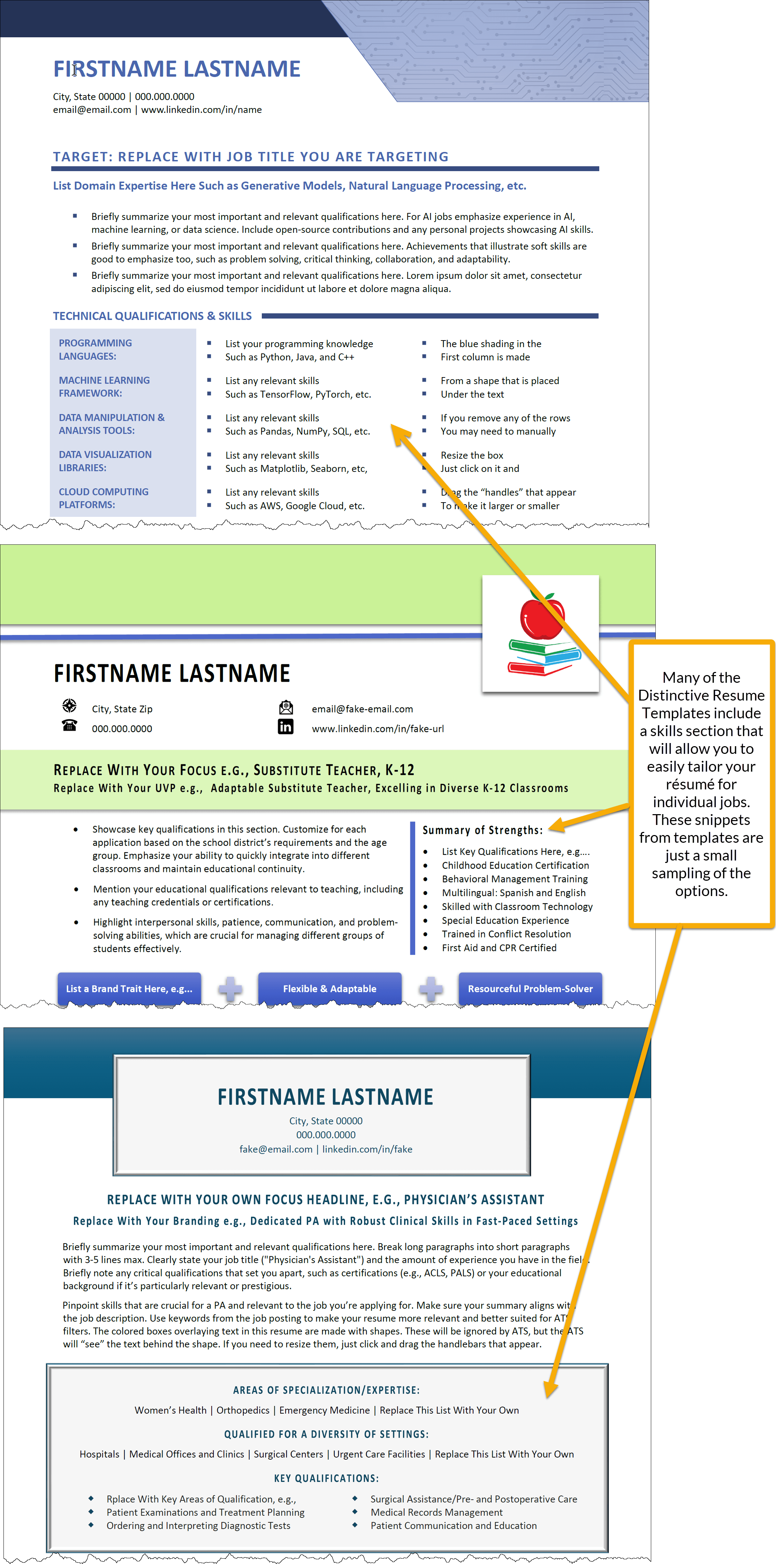
Top to bottom, the templates shown above are from our Brainlink AI Collection which includes a resume template for AI specialists, the SimplySub Collection with a resume template for substitute teachers, and the ElitePA Collection which includes an physician assistant resume.
By carefully aligning your skills section with the job requirements, you’re not just listing what you can do—you’re showing the employer that you have exactly what they’re looking for. This targeted approach can dramatically increase your chances of getting called for an interview.
Refine and Highlight Your Work Experience
Your work experience section is the heart of your resume, providing concrete evidence of your capabilities and achievements. When you tailor your resume experience section, the goal is to emphasize relevance without sacrificing the integrity of your career chronology. Here’s how to refine your work experience to make a compelling case for your candidacy:
Maintain Chronological Integrity
- Preserve Reverse Chronological Order: In most cases, it’s best to keep your work history in reverse chronological order (most recent job first). This provides a clear career progression and is the resume format most recruiters expect to see.
- Use Strategic Formatting: While maintaining chronology, you can use layout techniques to draw attention to the most relevant experiences. Distinctive Resume Templates offer various ways to emphasize key roles or achievements, such as bold text, slightly larger font sizes, or subtle background shading.
Highlight Relevant Accomplishments
- Front-Load Important Information: Within each job entry, put the most relevant responsibilities and achievements first. This ensures that even if a recruiter skims your resume, they’ll see your most applicable experiences.
- Create a ‘Key Accomplishments’ Section: Many Distinctive Resume Templates include a dedicated space at the top of your resume for highlighting significant achievements. Use this to showcase relevant accomplishments from throughout your career, regardless of when they occurred.
- Tailor Bullet Points: Adjust your bullet points for each job application to emphasize experiences that align with the job requirements. This might mean expanding on certain projects and condensing others based on their relevance to the role you’re applying for.
Use Powerful Language and Metrics
- Employ Action Verbs: Start each bullet point with a strong action verb that demonstrates your impact. For example, “Spearheaded,” “Implemented,” or “Optimized.”
- Quantify Results: Whenever possible, use numbers to quantify your achievements. This could be percentages, dollar amounts, time saved, or any other relevant metrics.
- Align with Job Requirements: Use language that mirrors the job description, showcasing how your experience directly relates to what they’re seeking.
Remember, the key to effectively tailoring your work experience is to showcase your most relevant achievements and skills prominently, while still presenting a clear and honest representation of your career progression. This approach allows you to highlight your suitability for the role without compromising the integrity of your professional timeline.
Customize Your Education and Certifications
While your educational background remains constant, how you present this information can significantly impact your resume’s effectiveness. Tailoring your education and certifications section allows you to highlight the most relevant aspects of your academic and professional development for each job application.
Tailoring Strategies for Education
- Highlight Relevant Coursework: For roles that require specific knowledge, mention courses that directly relate to the job requirements. This is particularly useful for recent graduates or career changers.
Example: When applying for a data analyst position, you might highlight courses in statistics, data mining, or machine learning.
- Showcase Relevant Projects: Include academic projects that demonstrate skills sought by the employer. This can be especially impactful for entry-level positions or when transitioning to a new field.
Example: “Conducted a semester-long market research project analyzing consumer behavior in the tech industry, utilizing SPSS and Tableau for data analysis and visualization.”
- Emphasize Academic Achievements: If your GPA is strong (typically 3.5 or above) or you’ve received academic honors, include these details, especially if you’re a recent graduate.
- Tailor Degree Descriptions: If your degree is in a field different from the one you’re applying to, you can emphasize relevant aspects of your studies.
Example: For a Business major applying to a marketing role, you might write: “Bachelor of Business Administration with a focus on Marketing and Consumer Behavior.”
Highlighting Certifications and Professional Development
- Prioritize Relevant Certifications: List certifications that are most relevant to the job first. This might mean reordering your list for different applications.
- Include In-Progress Certifications: If you’re currently working towards a relevant certification, include it with an expected completion date.
- Showcase Continuous Learning: Include recent professional development courses or workshops, especially if they’re directly related to the job you’re applying for.
- Align with Job Requirements: Pay attention to specific certifications mentioned in the job description and ensure they’re prominently featured if you have them.
Strategic Placement of Education and Certifications
The placement of your education and certifications can vary depending on your career stage and the specific job requirements. Distinctive Resume Templates offer flexible solutions for different scenarios:
- For Experienced Professionals: Templates designed for seasoned professionals typically place the education section towards the end of the resume. This allows your work experience to take center stage.
- For Students and Recent Graduates: Templates for entry-level positions often feature the education section near the beginning of the resume, highlighting your academic achievements and relevant coursework.
- Emphasis on Educational Qualifications: Some roles, particularly in academia or highly specialized fields, may place significant emphasis on educational background. In these cases, consider using a template that allows you to move your education section higher on the resume.
- Certifications and Professional Development: All Distinctive Resume Templates include easy-to-customize sections for listing relevant training, certifications, and professional development. This allows you to tailor this information prominently for each application.
The Power of a Well-Designed Template
While content is king, presentation matters too. A well-designed resume template can make the tailoring process much easier and more effective. Here’s why using a professional template, like those offered by Distinctive Resume Templates, can be a game-changer:
- Consistent Formatting: Ensures your tailored resume content always looks polished and professional
- ATS-Friendly Design: Increases the chances of your tailored resume passing through automated systems
- Easy Customization: Allows you to quickly rearrange resume sections and adjust content without worrying about layout issues
- Visual Appeal: Helps your tailored resume stand out visually, making a strong first impression
Final Tips for Resume Tailoring Success
Your Tailored Path to Success
Tailoring your resume is not just about tweaking a few words—it’s about presenting the best version of your professional self for each opportunity. With the strategies outlined above and the right tools at your disposal, you can transform your resume from a generic document into a powerful, tailored marketing tool for your career.
Remember, the time you invest in tailoring your resume is an investment in your future. Each tailored application brings you one step closer to landing your dream job.
Ready to take your resume to the next level? Explore Distinctive Resume Templates today and discover how easy it can be to create a beautifully tailored resume that opens doors to exciting career opportunities.
Explore Distinctive Resume Templates Now
Your perfect job is out there—make sure your perfectly tailored resume helps you find it!
